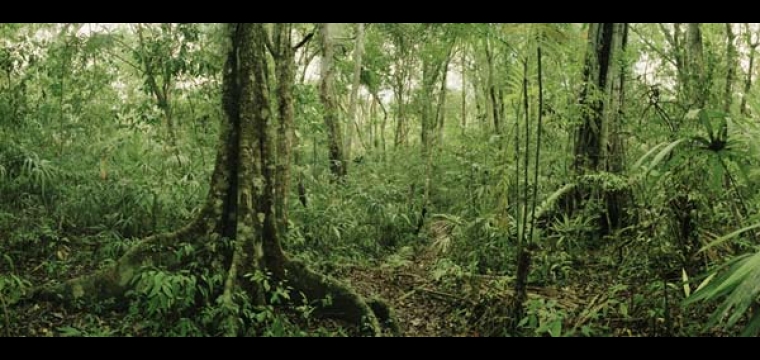At El Pilar, the innovative polycultural design is based on a small-scale household plan and includes diversity of annuals and perennials interspersed with tree crops. Working with local consejeros, appropriate combinations of cultigens and native economic plants are being determined. Like the traditional rice polyculture, the maize polycultural system is adaptable to variations in forest cover, soil fertility, proximity to population and other local conditions. The Maya integrated forest plants and hosted animals in their cultivated gardens around their homes. The result is a diverse web of multi-cropped and multi-level foliage that is now the feral Maya forest. Indigenous farmers in the region are attuned to these plants and animals. They do not use the word “weed.” Rather, they have a concept that translates into “good herb/bad herb,” reflecting in their selection practices. The proliferation of certain “good” herbs is encouraged in cultivated areas because pests prefer good herb to the crops making the harvests better. An objective of the El Pilar Program is to identify the economic importance of the plants of the Maya forest with the help of local professionals Maya farmers and botanical experts.The Maya forest garden at El Pilar provides an ongoing source of innovation for the community, fostering resource conservation and community development that aligns with rather than opposes the natural regenerative processes of the tropical forest.
More Information and a Full List of Dominant Plants in the Maya Forest


